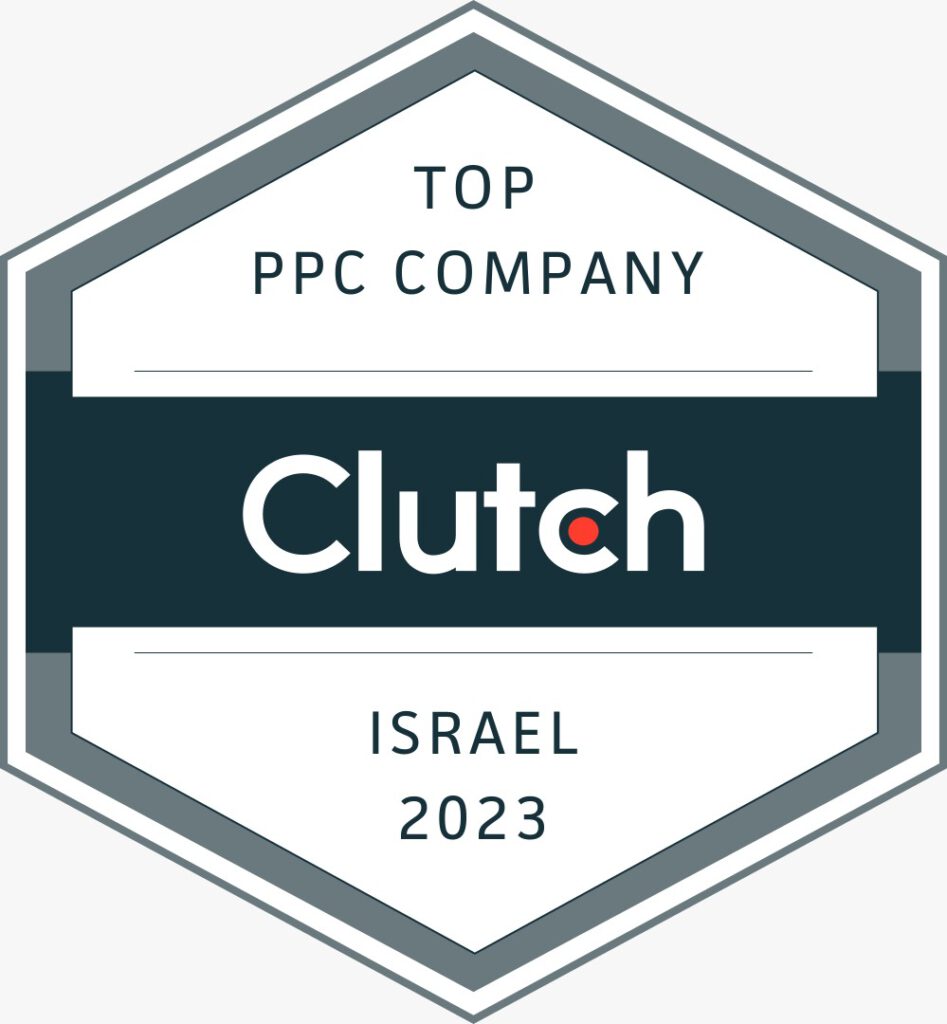The pay-per-click (PPC) marketing model is a form of online advertising where advertisers pay a fee each time someone clicks on their ad. Here’s a general explanation of how this model works:
Ad Creation
- Advertisers create advertisements for their products or services.
Keyword Selection
- Advertisers choose specific keywords or phrases relevant to their business. These keywords help determine when their ads will be displayed.
Ad Placement
- The ads are displayed on platforms like search engines or social media when users search for the chosen keywords or meet specific criteria.
Bidding System
- Advertisers participate in a bidding system to determine how much they are willing to pay for each click on their ad.
Ad Ranking
- Ad placement is not solely based on the bid amount. The platform’s algorithm also considers the relevance and quality of the ad.
User Engagement
- When a user clicks on the ad, the advertiser is charged a predetermined cost per click (CPC).
Budget Management
- Advertisers set a daily or monthly budget to control their overall spending on the PPC campaign.
Performance Tracking
- Advertisers monitor the performance of their ads through metrics such as click-through rates, conversion rates, and return on investment.
Optimization
- Based on performance data, advertisers may adjust their bids, refine ad content, or modify targeting criteria to optimize their campaigns.
Platform Revenue
- PPC platforms generate revenue by collecting fees from advertisers for each click on their ads.
In summary, the PPC model allows advertisers to reach a targeted audience, and they only pay when someone actively engages with their ad by clicking on it. This model provides a measurable and flexible way for businesses to advertise online, and it ensures that advertisers can control their budget and assess the effectiveness of their campaigns in real-time.













